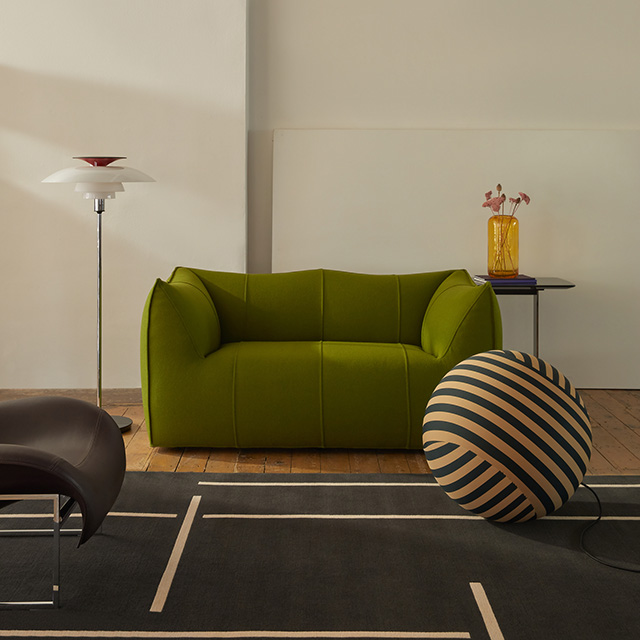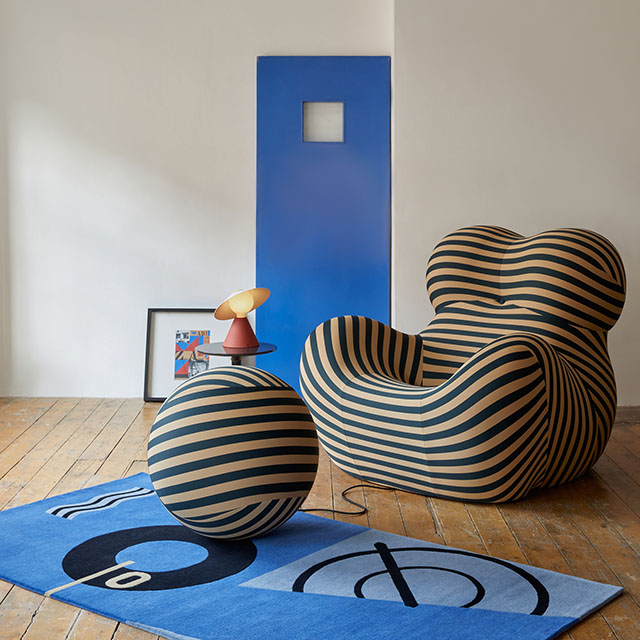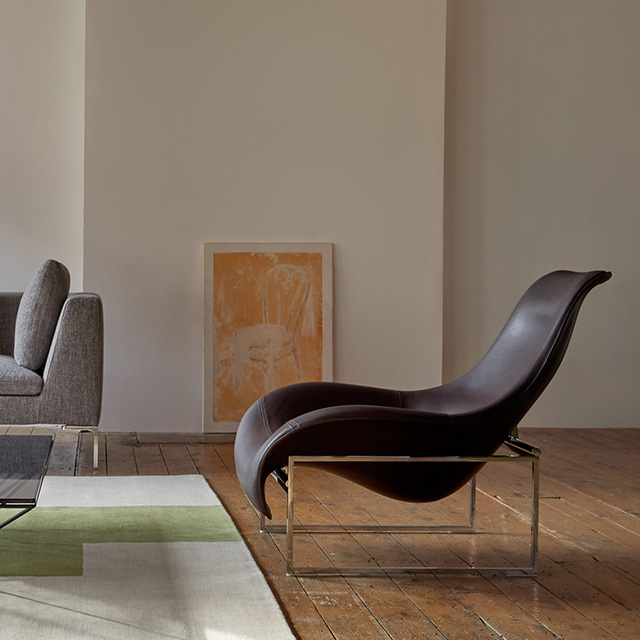B&B Italia: Industry Innovators
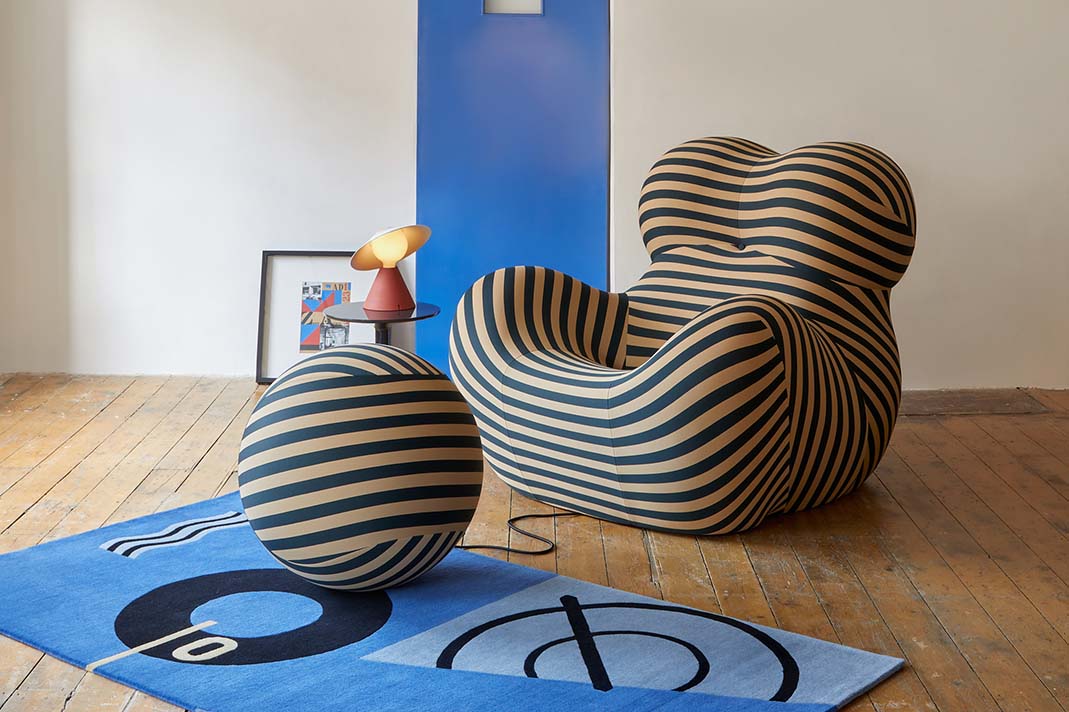
Up until the late 1950s, a significant portion of Italian furniture design primarily originated from the creative minds of architects who would collaborate with artisanal companies that used studio craftsmanship to bring their ideas to fruition. Piero Ambrogio Busnelli, an armchair manufacturer, recognised the need for a shift towards a more industrial approach. At the heart of his endeavour was the desire to modernise production by using new techniques and materials, as well as an increased focus on industrial designers.
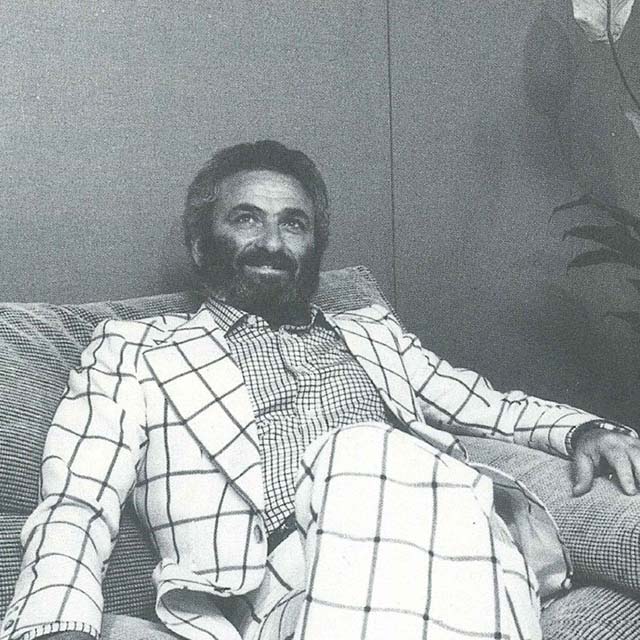
Busnelli desired to be independent from the craft component of furniture production by forming what he envisioned as the company of the future. He left the successful business he co-founded with one of his brothers because, while profitable, he felt that continuing to produce frames for sofas and armchairs didn't allow for significant growth in the longer term. Furthermore, it did not satisfy Busnelli's desire for innovation, both in business and in the development of new products.
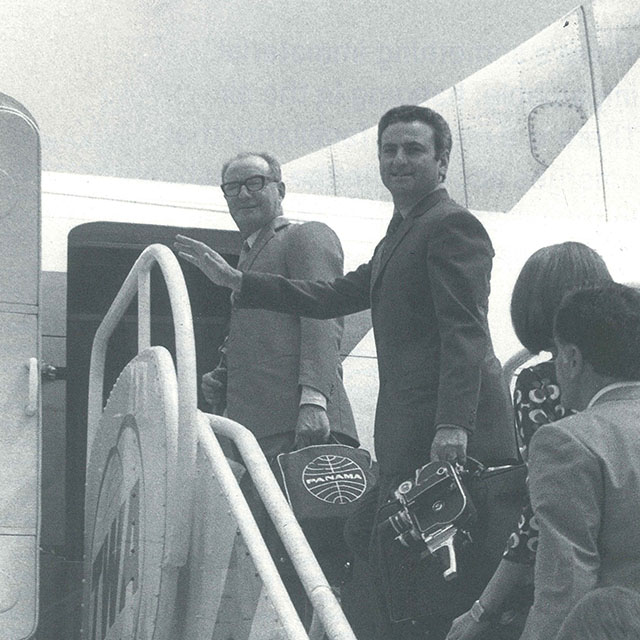
In 1966, Busnelli approached brothers Umberto and Cesare Cassina – who had already established their business within the international design industry – with a proposal to join forces and shortly after, C&B Italia was founded. The combination of Busnelli's innovative drive and the established reputation of the Cassina brand was something that other industry leaders of the time could not have imagined. While pursuing an industrialised approach to furniture manufacturing, the company's intention was (and still is) to position itself as a premium brand, and thus quality of both design and materials was critical in achieving and maintaining this position in a market that has traditionally linked the notion of premium with that of artisan.
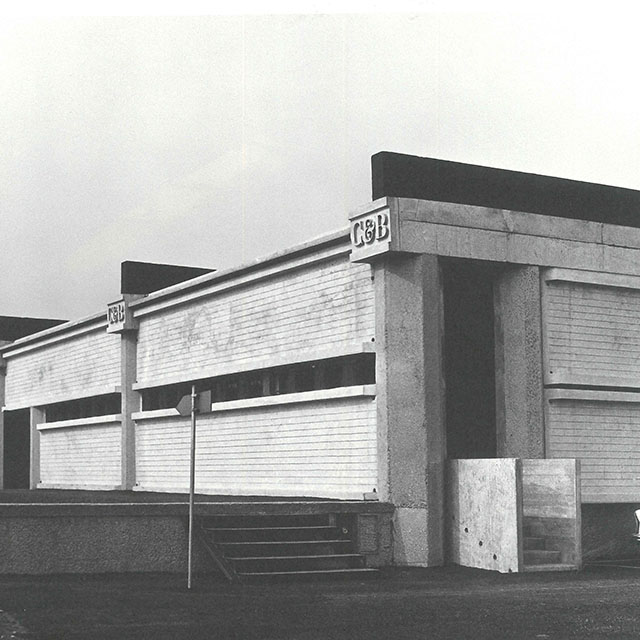
Architect Tobia Scarpa was commissioned to design a new factory for the company, with a focus not just on efficiency but also on creating an environment that reflected C&B’s values. This resulted in a building that symbolised the organisation, serving as both a public and private representation of its ideals. Over time, the brand gained global recognition and expanded beyond Italy and Europe, attracting an international customer base.
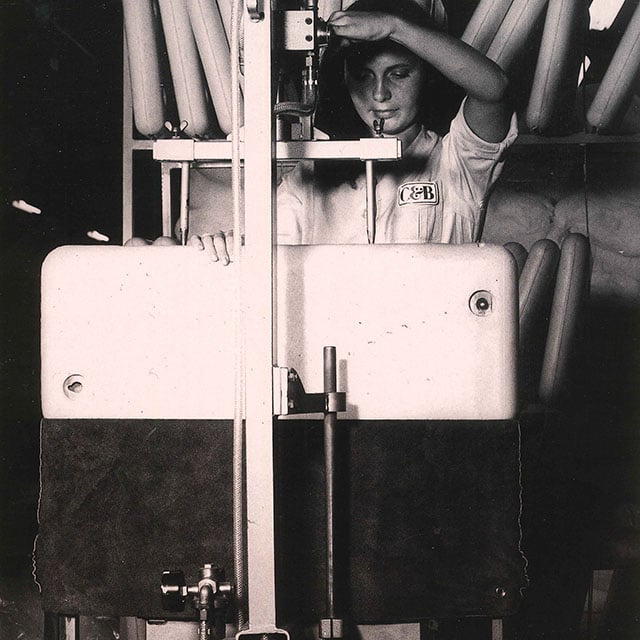
Importantly, the company's early successes brought advantages not only in terms of increased orders but also in terms of supplier relationships. Their innovative use of raw materials, as demonstrated in series like the ‘Coronado’, ‘Up’ and ‘Le Bambole’, which incorporated polyurethane, vacuum, compressed, and graded foams, caught the attention of major raw material producers. This led to partnerships that granted access to essential materials and enabled joint research and development activities. Through creating a series of alliances with key suppliers, C&B secured their supply chain shared both the costs and the benefits of collaborative development efforts.
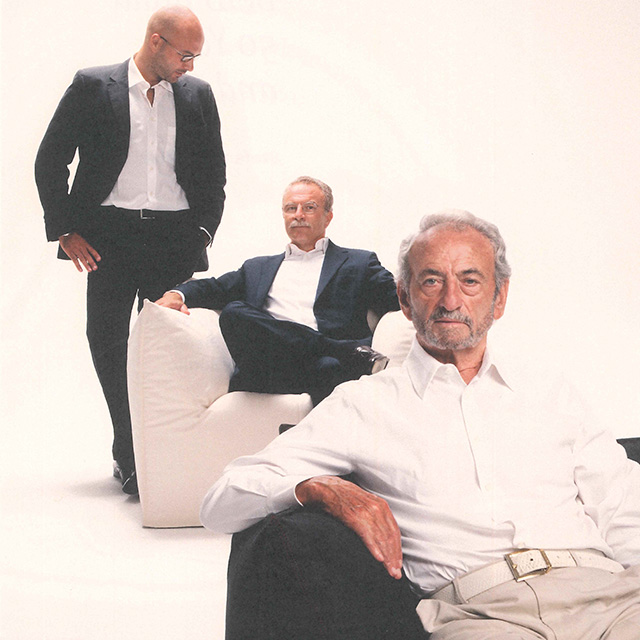
In 1973, the two partners separated, with Busnelli acquiring Cassina's stake in the company, taking over full control and leading to the establishment of B&B Italia. To uphold the legacy of the original company, they invested in an innovative research centre to signify this next phase in the company's history. The same year, Busnelli's eldest son Giorgio became involved with B&B Italia, along with Busnelli Sr's other sons Giancarlo and Emanuele, and eventually Giorgio's son Massimiliano, allowing B&B Italia to operate as a hugely successful family business to this day. Piero Busnelli sadly died aged 87 in 2014, leaving behind a large legacy, including four Compasso d'Oro Awards which acknowledged three series produced by B&B: Le Bambole in 1972, Sisamo in 1984, Sity in 1987 and, finally, in 1989, the first Compasso d'Oro Award ever assigned to a company.
Designed by Mario Bellini in 1972, the Le Bambole family demonstrates a timeless quality. Few designs stay in constant production for over fifty years, but the pairing of research excellence and creative flair found in Le Bambole has stood the test of time. The apparent absence of a load-bearing structure, the extreme naturalness of the shape, and the combination of comfort, softness and elasticity makes the series so unique.
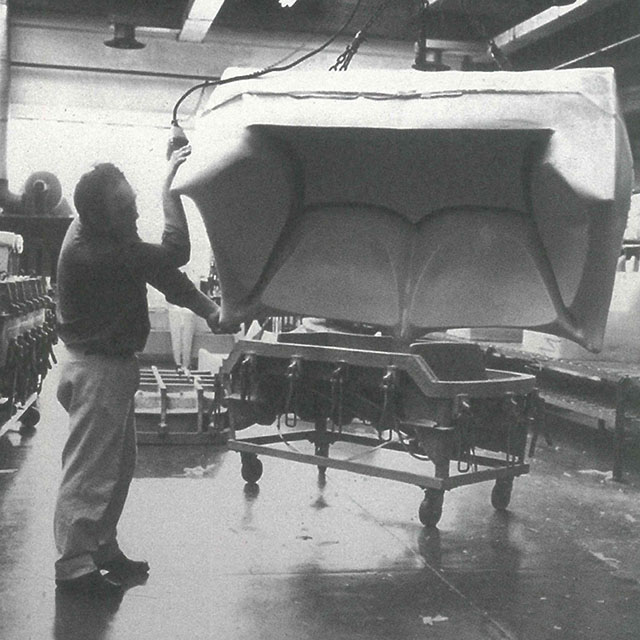
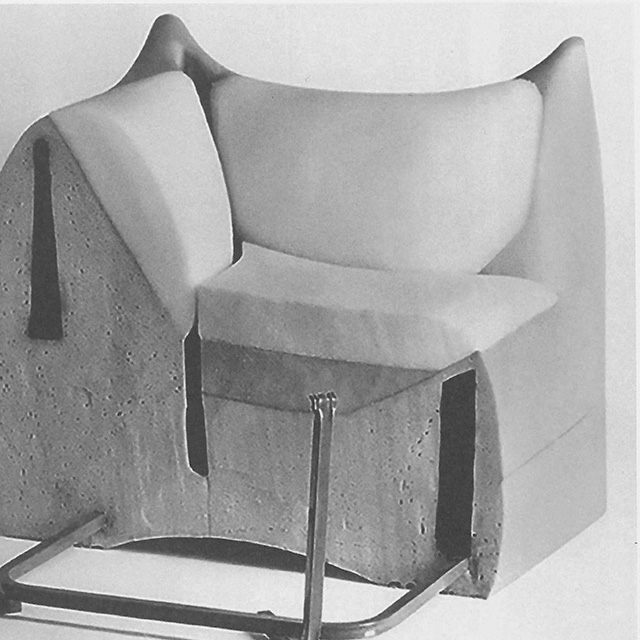
Where the original construction was based on a metal structure embedded in polyurethane, now recycled polyethylene gives structure; elements in polyurethane foam and thermoplastic elastomers are added to shape the geometry and define comfort and breathability, all sheathed by an undercover derived from recycled PET. These choices mean that every item in today’s Le Bambole collection is able to be completely disassembled and is therefore easily recyclable. The Le Bambole two-seater is now on display on our ground floor in a striking green 100% wool fabric.
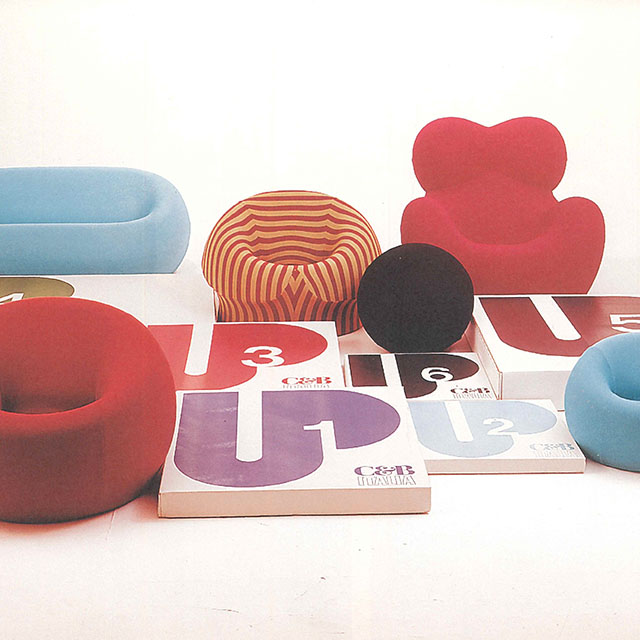
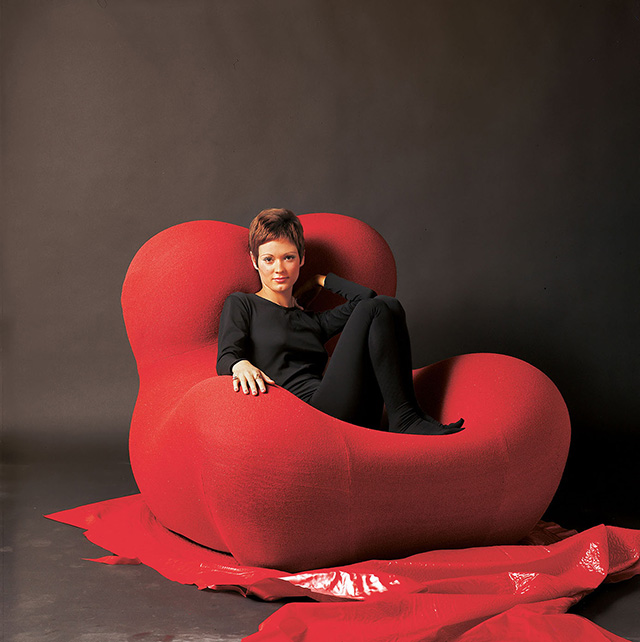
The Up series by Gaetano Pesce also represents the technological development and experimentation that B&B Italia's research centre enabled. A manifestation of blurred lines between art and design, Up was an attempt to displace the static concept of the armchair. The original design, was made from polyurethane, arrived flat, and rose to its final shape with the help of Freon gas. From 2000 the Up was made with a new cold-shaped polyurethane construction that is held up entirely by the density of its foam.
The Up 50, an edition that features a striking beige and deep green striped fabric, which is based upon the original colour palette of the series, is on display on our ground floor as a part of a wider B&B Italia display.
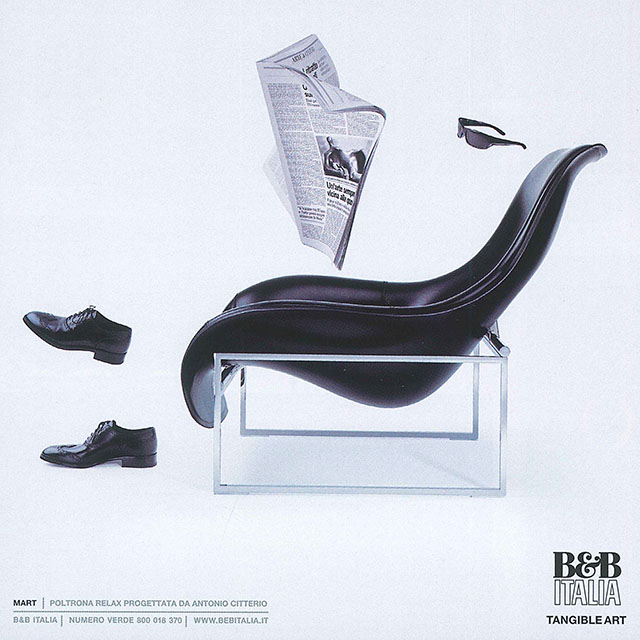
Conceived in 2003 by Antonio Citterio, the Mart Armchair is characterised by its fluid ergonomic seat which sits – literally and figuratively – in contrast with the linear frame which supports it. The development of the design began with thorough exploration centred around the use of thermoformed leather, a process that encompasses placing a shell into a mould for the cold forming of polyurethane, resulting in an ideal blend of flexibility and comfort. On display at Aram is the Mart in a deep purple leather finish, which truly accentuates its elegant form.
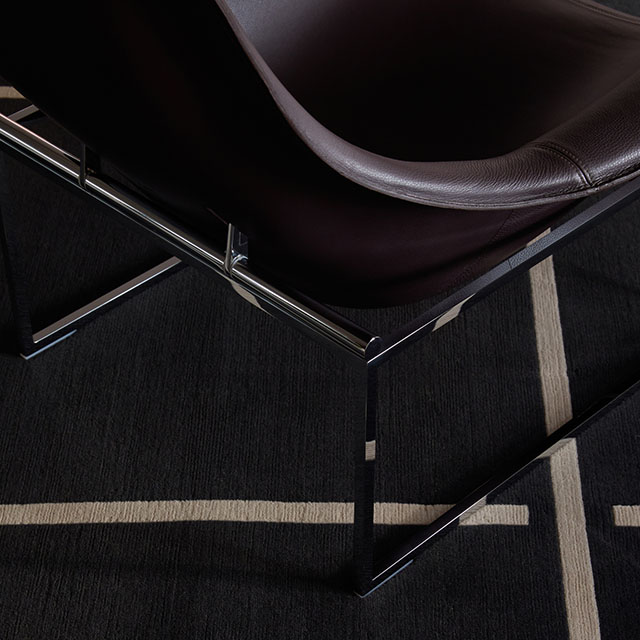
Come and visit the store to explore more of the B&B Italia pieces available to order here at Aram.
Images 1, 7, 12, 14 and 15 taken by Veerle Evens.
